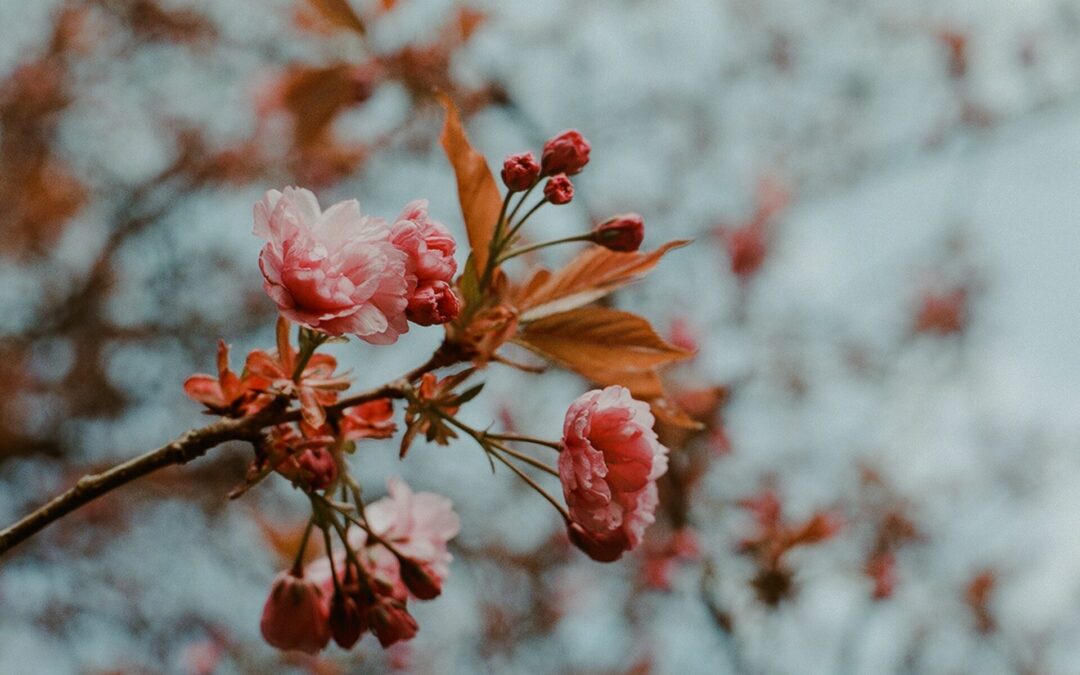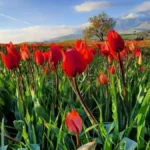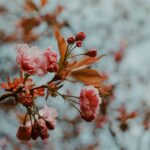Like any other natural element, flowers also have their time, that is, depending on their type, they belong to a specific season.
Winter is not excluded from this network of associations: it too, despite its harsh temperatures, has its own beautiful garden that is no less elegant and colourful.
Knowing the floral types of the current season allows you to unlock maximum potential from every composition, whether it is a simple home bouquet or a larger project designed for your special occasion.
Do you still believe that the grass of spring is increasingly blooming? Forget this maxim and immerse yourself in an excursus among the most colorful and fragrant floral gems that winter can offer to lovers of greenery!
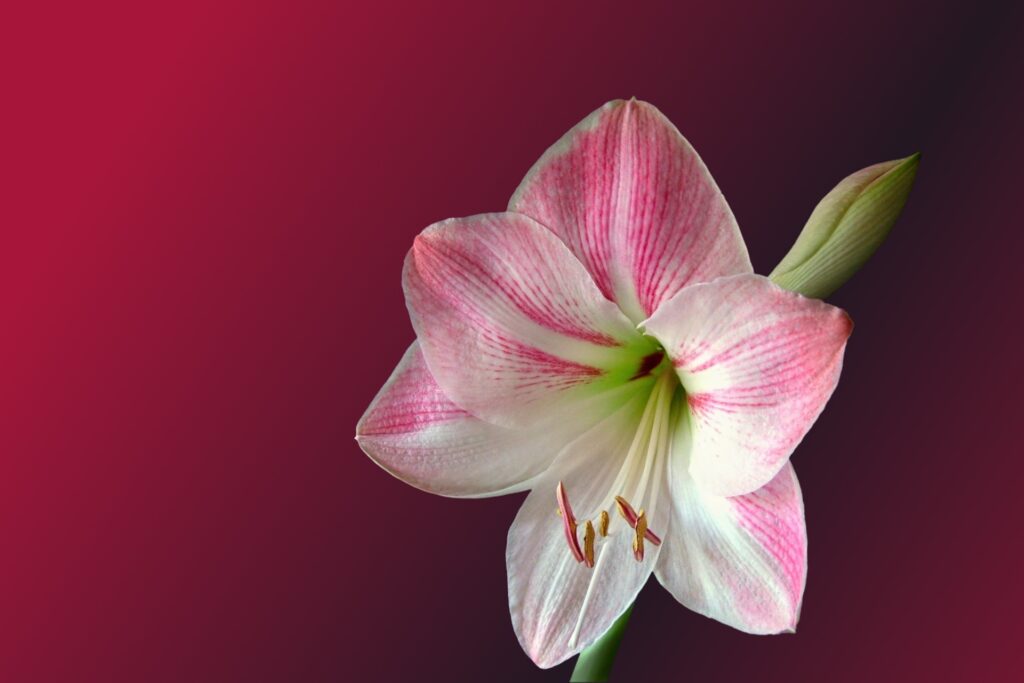
L’Amaryllis
Of South African origins, where it was used by local populations as poison per the arrows because of its bulb rich in bellamarina (a very toxic substance), owes its name to the Greek myth of the young nymph Yellowish who, to win the heart of the shepherd Alteo, pierced her heart for thirty nights with a divine arrow. From the blood that flowed from that wound, the flower to which she gave her name bloomed, as an immense sign of love for her beloved. The amaryllis therefore became a symbol of elegance, pride, beauty and modesty.
Accompanied by white stars, berries and snowdrops, it is the decoration ideal per marriage winter with its green, purple, red, white and pink colors.
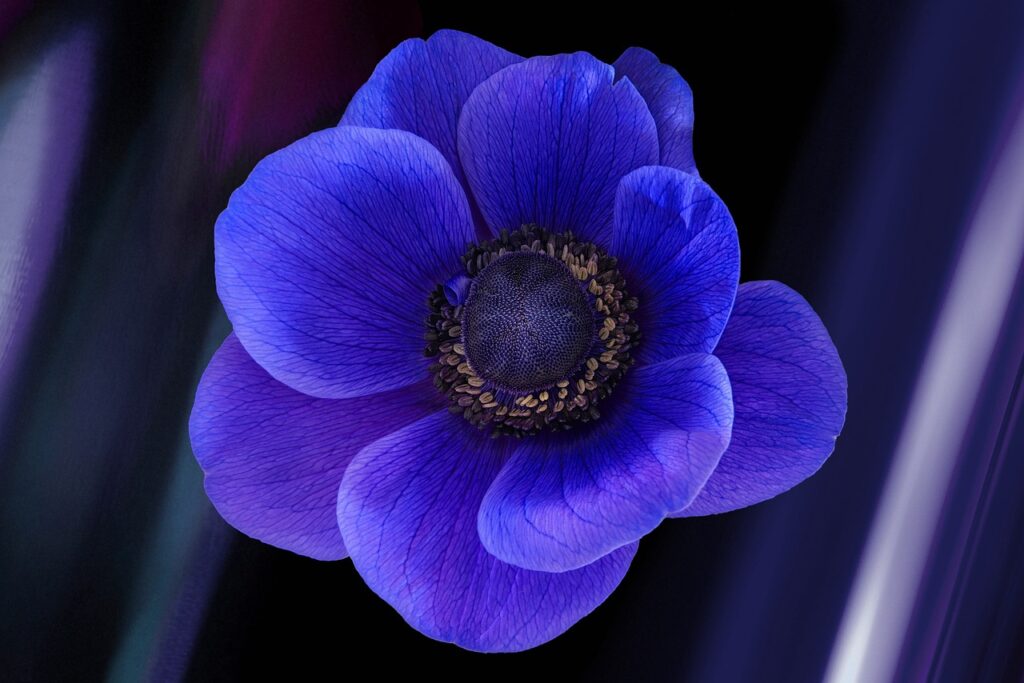
L’anemone
It is a flower that grows spontaneously in Europe, East Asia, South Africa and South America. Due to its fragility and short flowering, it is known as a symbol of abandonment, Of instability and of fleetingness from the things.
The most suitable species for decorative purposes are the japonica and above all the coronary, by virtue of their resistance, their shape and their chromatic varieties (ranging from pinkish-white to red, from blue to purple).
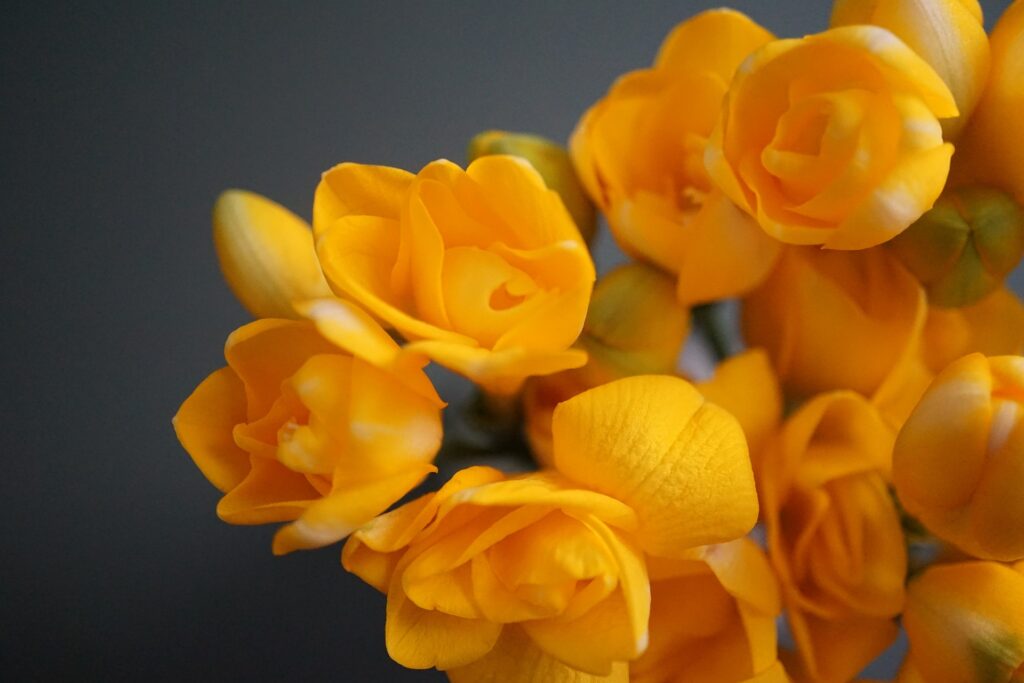
The freesia
Flower of southern Africa, the freesia is the symbol of magic from the nature for excellence. It is said, in fact, that their presence in the garden attracts fairies, nymphs, elves and fauns, opening up the world of fantastic creatures.
No less magical is its essence, present in many cosmetics and perfumes. Inserted in the bride's bouquet, in its white, yellow, pink, blue, red and orange colors, this flower is sign Of Good hope.
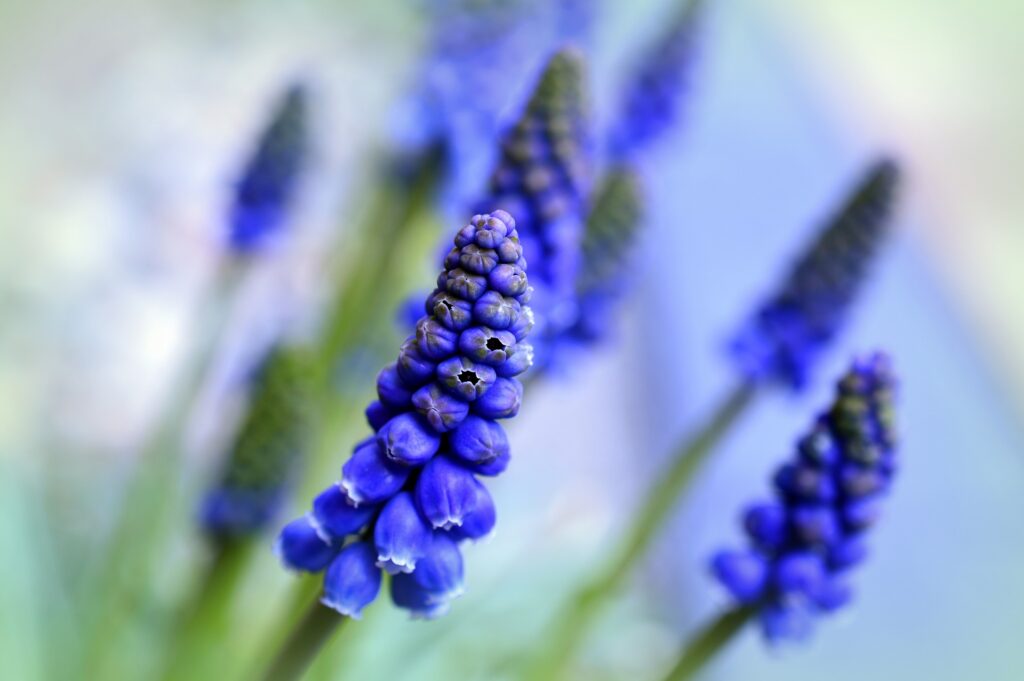
The hyacinth
Native to the Middle East and southern Africa, the hyacinth is, already in the religious culture of the ancient Greeks, the flower of vitality, from the fertility and of theunion of lovers (the latter meaning still retains today in Anglo-Saxon countries).
The myth derives its name from that of the boy of the same name with whom the god Apollo fell in love, who wanted at all costs to become his servant in order to be with him. Zephyr, jealous of that relationship as he was also attracted to the young man, moved with a breath the trajectory of the golden disk with which the couple was playing, causing it to hit the boy's forehead, killing him. From his blood, the grieving god made this flower grow. It is no coincidence that its main color is red, followed by white, yellow, pink, blue and orange.
Its history and its characteristics make it theideal floral element for a wedding frame or the perfect gift for a loved one.
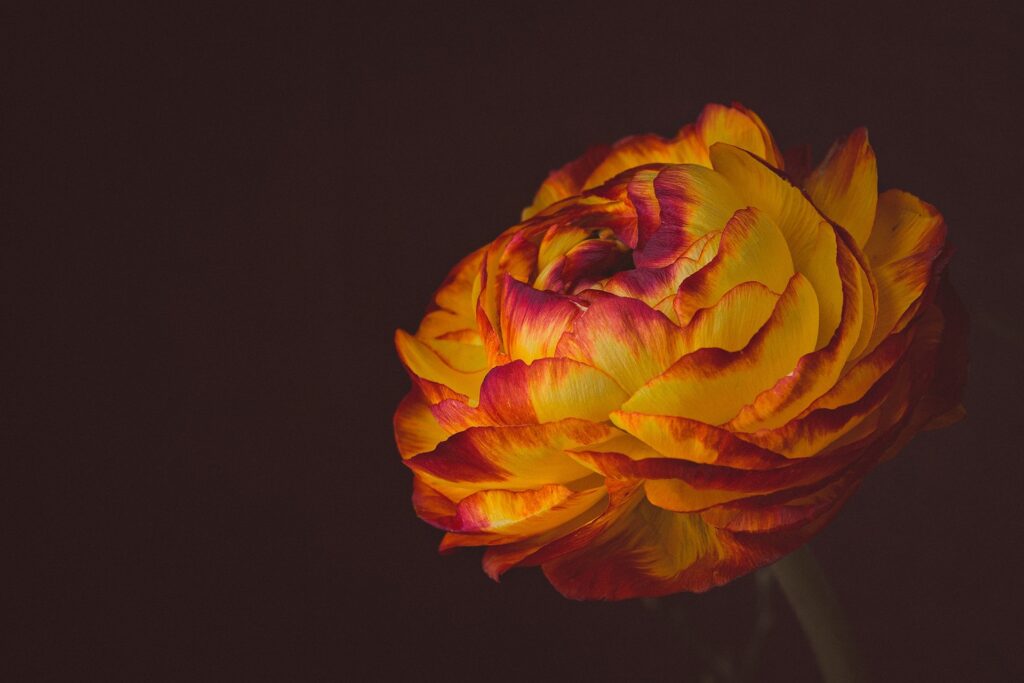
The buttercup
Coming from Asia, the buttercup is so called because, like frogs, it also prefers places humid and swampy.
The Christian religion passes it down as it is typical homage of Jesus to his mother: probably also for this reason, despite its little appreciated shape in the past, it is today loved by florists as the protagonist of bouquets and compositions with delicate tones, also thanks to its tender shades of red, white, yellow and green.
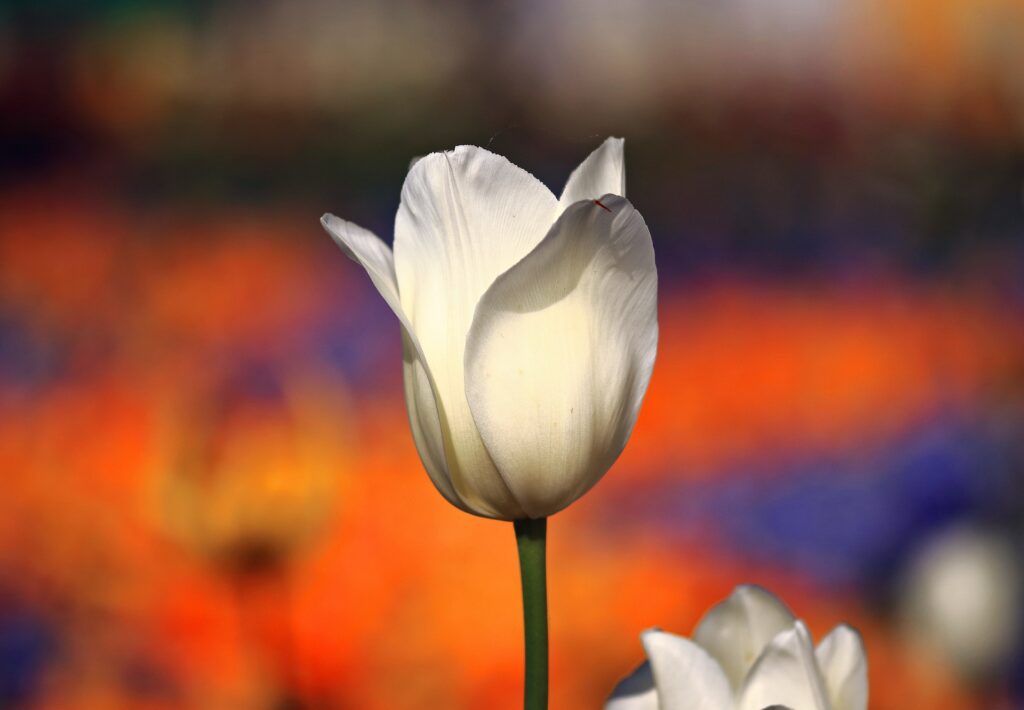
The tulip
The name of this flower comes from from Arabic nonsense tape, turban. Its origins are, in fact, Middle Eastern but it spread from the 16th century onwards to Europe too, and in particular to the Netherlands, where it was imported by the Belgian ambassador after receiving it as a gift from the sultan. Suleiman II. Here it soon became a highly sought after and very expensive variety.
In its red, purple, white, yellow and pink colours, it stands out noticeably in tall, narrow glass or white ceramic vases.

